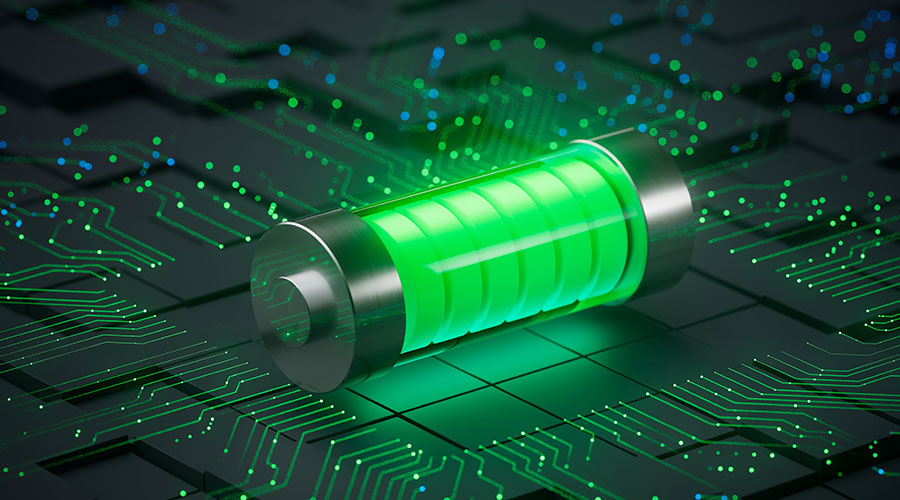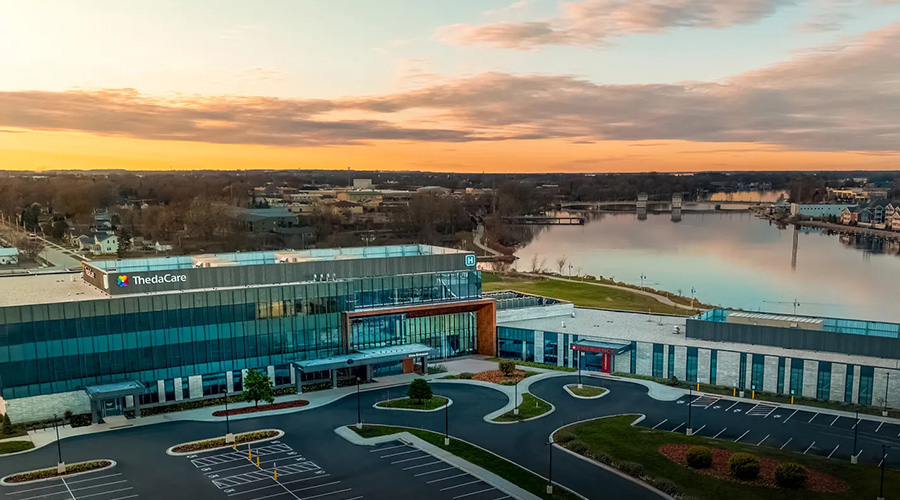As healthcare facilities look to cut emissions and boost resilience, backup power systems are evolving beyond diesel generators. Solar, battery storage and microgrids are being integrated into emergency power strategies—offering new opportunities and challenges.
In this manufacturer roundtable, Healthcare Facilities Today spoke with backup power manufacturers about how healthcare organizations are approaching these hybrid solutions while keeping reliability at the core.
How are backup power systems evolving to integrate renewable energy sources like solar or battery storage, and what does that mean for long-term sustainability in healthcare facilities?
“Backup power systems are increasingly integrating renewable energy sources such as solar panels and battery storage to reduce their carbon footprint and improve sustainability. Hybrid systems allow healthcare facilities to reduce fuel consumption and emissions while maintaining reliability.”
— Richard Sizemore, Business Development Manager, North America, Aggreko
“Since 2023 when the Joint Commission and CMS recognized the use of microgrids and DERs to provide emergency power, healthcare facilities have leveraged solar, battery storage, fuel cell and more to create more sustainable backup systems with energy supplies that are resilient and more affordable. Steady and longtime investments in backup systems position healthcare organizations well to put various energy sources to work.
That said, healthcare facilities are in the business of saving lives, and your backup system is in support of that mission. There’s a lot at stake and it’s complex to retrofit new technologies into existing systems with limited space and budget. In working with healthcare organizations, we’ve found that starting with smaller facilities is a powerful opportunity to demonstrate your approach, providing a path forward because the project scope and costs are less and often there’s more space for DERs.
With codes and standards in place to use DERs, there are more opportunities to advance sustainability, and that can pay off to enable greater resiliency and energy affordability. We’re deploying microgrid-ready solutions at multiple skilled nursing facilities to add small-scale cogeneration and support long duration (96 hours) backup power; it’s possible to add microgrid control and energy storage for these systems down the road—enabling a scaled approach.”
— Justin Carron, director of buildings and campuses, Eaton
“Distributing resources—things like solar and battery energy storage—are the two big ones that come to mind. And then there are others in that same family, like CHP. We’re definitely going to see more and more of those coming online.
But I think they all have different roles to play. You’ve got to think about the difference between short-term power outages and long-term ones. If it’s a facility that mostly just needs to ride out short-term outages, then something like battery energy storage might be enough. And that’s a huge advantage, because batteries can serve a dual purpose. They don’t just sit there waiting for an emergency—they can also help optimize energy costs by charging when power is cheap and discharging when it’s expensive. So, you’re saving money even when you’re not in an outage situation.
They can also relieve stress on the grid. You get things like peak shaving, where a utility might ask certain facilities to reduce load to help maintain grid stability. Smaller facilities can probably get by just fine with that setup.
For larger facilities, though, we are starting to see batteries being introduced—but they’re not enough on their own. You still need backup generators for those extended outages. We’re talking about systems that can run for days without any support from the grid—regardless of whether it’s cloudy or nighttime when solar isn’t an option.
So, I don’t think generators are going anywhere, at least not in the short to medium term. Now, if we’re talking about the distant future—like, way down the line—as battery energy density continues to improve, both in terms of smaller footprints and cost per unit of energy, then maybe there’s a future where batteries can completely replace generators in those large-scale applications.
As battery technology continues to evolve and improve, it’s definitely going to become more feasible for batteries to fully replace generators. But we’re not there yet. The technology still has a way to go before it can fully disrupt those longer-duration backup systems. That said, I think that’s the direction we’re heading.”
— Victor Bonachea, expert product owner, ASCO Power Technologies / Schneider Electric
Jeff Wardon, Jr., is the assistant editor of the facilities market.

 Grounding Healthcare Spaces in Hospitality Principles
Grounding Healthcare Spaces in Hospitality Principles UC Davis Health Selects Rudolph and Sletten for Central Utility Plant Expansion
UC Davis Health Selects Rudolph and Sletten for Central Utility Plant Expansion Cape Cod Healthcare Opens Upper 2 Floors of Edwin Barbey Patient Care Pavilion
Cape Cod Healthcare Opens Upper 2 Floors of Edwin Barbey Patient Care Pavilion Building Sustainable Healthcare for an Aging Population
Building Sustainable Healthcare for an Aging Population Froedtert ThedaCare Announces Opening of ThedaCare Medical Center-Oshkosh
Froedtert ThedaCare Announces Opening of ThedaCare Medical Center-Oshkosh